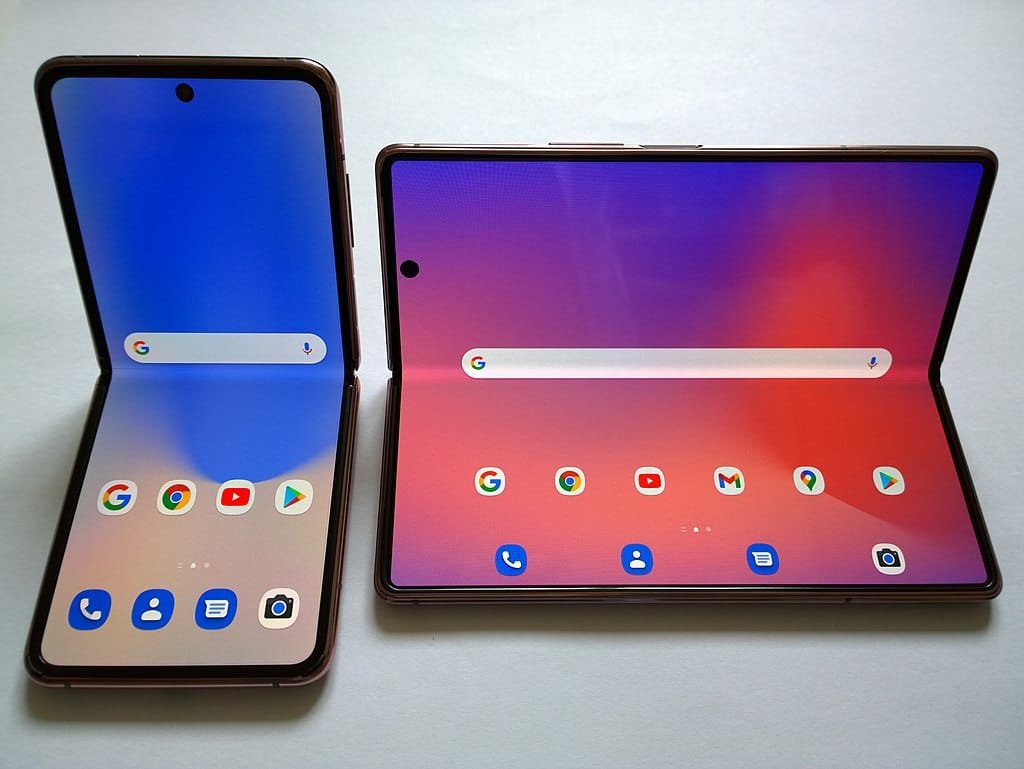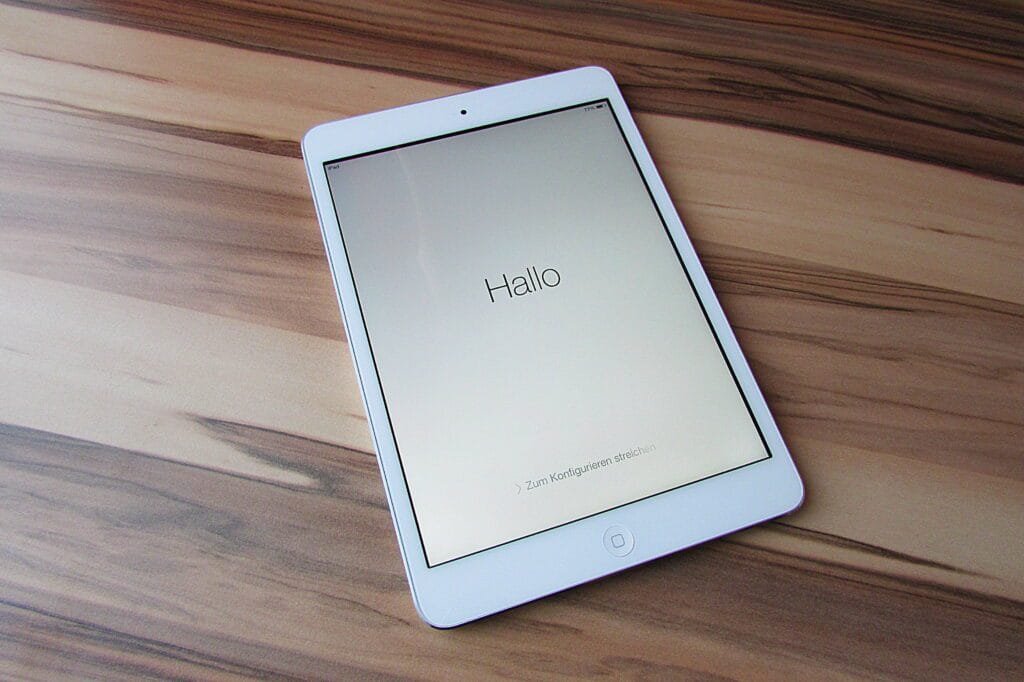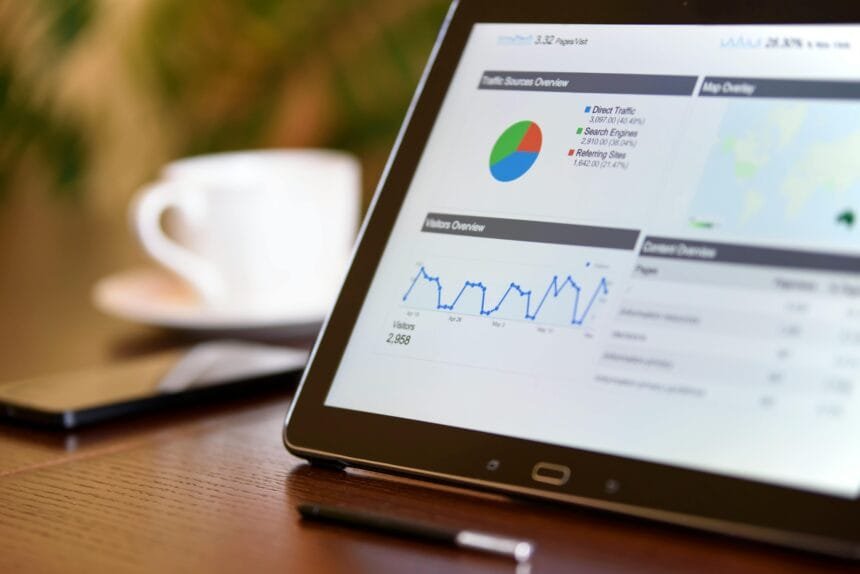Tablet sales is currently experiencing growth. In 2025, the global tablet market is projected to generate a revenue of approximately $55.1 billion, with an expected annual growth rate (CAGR) of 2.84% from 2025 to 2029. Over the next five years, the market size is forecasted to increase by $23.38 billion, at a CAGR of 5.8% between 2024 and 2029.
For a 10-year forecast, the market is expected to continue growing, driven by technological advancements such as the integration of augmented reality (AR), virtual reality (VR), and artificial intelligence (AI) in various industries. However, specific growth rate of Tablet Sales for a 10-year period are less commonly detailed in available reports.
Android Tablet vs IPad

Several factors contribute to this trend:
- Diverse Price Range: Android tablets are available in a wide range of prices, making them accessible to a broader audience. This variety allows consumers to choose devices that fit their budget and needs.
- Customization and Flexibility: Android tablets offer more customization options and flexibility compared to iPads. Users can personalize their devices extensively, which appeals to tech-savvy consumers.
- Variety of Manufacturers: Multiple manufacturers produce Android tablets, leading to a greater variety of devices with different features and specifications. This competition drives innovation and provides consumers with more choices.
- Integration with Other Devices: Android tablets often integrate seamlessly with other Android devices, creating a cohesive ecosystem for users who already own Android smartphones or other gadgets.
However, it’s important to note that iPads still hold a significant market share and are known for their high performance, build quality, and strong app ecosystem.
Market Share of Tablets

This is a very controversial and a deep research is required to draw some conclusion on Ipad and android tablet sales.
According to website Statista, as of the third quarter of 2024, the global tablet market share is as follows:
- Apple iPad: Approximately 32%
- Samsung (Android): Around 19%
- Other Android Tablets: Combined with Samsung, Android tablets hold a significant portion of the market1.
According to statcounter, market share shows a different picture at the end of 2024.
- Apple iPad: Approximately 52.95 %
- Samsung (Android): Around 26.86 %
Is Android Tablet sales growth faster than Ipads?
As of recent reports, Android tablet sales have been growing at a faster rate compared to iPads. For instance, in Q2 2024, Android tablet manufacturers like Huawei and Xiaomi saw significant growth, with Huawei boosting shipments by 40.3% and Xiaomi nearly doubling its output.
In contrast, while Apple’s iPad sales have also increased, the growth rate has been more modest. However, despite the faster growth rate of Android tablets, iPads still hold a larger market share. As of Q3 2024, iPads accounted for about 32% of the global tablet market while Android tablets collectively held a larger share due to the variety of manufacturers
When will Android Tablet sales surpass Ipad sales?
Predicting when Android tablets might surpass iPad sales is challenging due to the dynamic nature of the market. Also the statistics influenced by the companies are far varied and reflects a controversial scenario. Factors such as technological advancements, consumer preferences, and economic conditions will play significant roles. If the current growth trends continue, Android tablets could potentially surpass iPad sales in the next few years, but this is speculative and depends on various market dynamics.
Stagnation of Growth in Tablet Market
Android Tablet vs Ipad has been an interesting debate over the last decade. The tablet market has experienced fluctuations in growth due to several factors:
- Economic Uncertainty: Economic downturns and uncertainties have impacted consumer spending, leading to a decline in demand for non-essential electronics, including tablets.
- Rise of Phablets: The increasing popularity of large-screen smartphones, or phablets, has reduced the need for separate tablet devices. Many consumers find that phablets can fulfill their needs for both communication and media consumption.
- Saturation of the Market: The tablet market has reached a level of saturation, with many consumers already owning tablets. This reduces the frequency of new purchases.
- Lack of Innovation: In some cases, the lack of significant innovation in tablet technology has led to a decrease in consumer interest. Without compelling new features, consumers are less likely to upgrade their existing devices.
- Shift to Other Devices: The rise of convertible laptops and 2-in-1 devices, which combine the functionality of a laptop and a tablet, has also contributed to the decline in tablet sales. These devices offer more versatility and power, attracting consumers who might have otherwise purchased a tablet.
Despite these challenges, the tablet market continues to evolve, and tablet sales is increasing everyday with with manufacturers focusing on niche markets and integrating advanced technologies to attract consumers. Apple, although with it’s aggressive sale strategies has a rigid design. Android on the other hand has been open to the market and many vendors have adopted it as a base for their gadget development









